ROSEDALE
Taking a stroll through Rosedale through its winding roads filled with stately, broad trees that create a wealth of green space coupled with leafy avenues filled with heritage-listed redbrick mansions with manicured front lawns, it is no wonder Rosedale is such a sought-after neighbourhood.
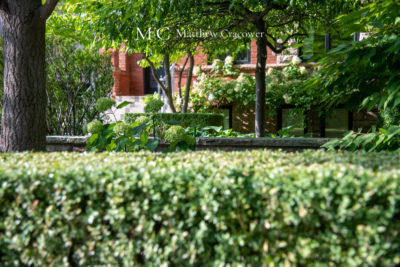
This coveted community is steeped in history and tradition from its architecture of the homes to the homeowners themselves. Rosedale has held the distinction of Toronto’s wealthiest neighbourhood since the late 1800s. Being close to everything and having large lots lined with large trees and ravines, it is the only neighbourhood within city limits where you can find a sprawling mansion on a large plot of land where no noise from the city can be heard. Some call it an oasis within the city.
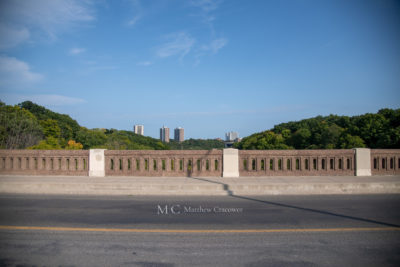
The boundaries of Rosedale consist of the CPR railway tracks to the North, Yonge Street to the west, Aylmer Avenue and Rosedale Valley Road to the South, and Bayview Avenue to the East. The neighbourhood is divided into a North and South portion by the Park Drive Ravine.
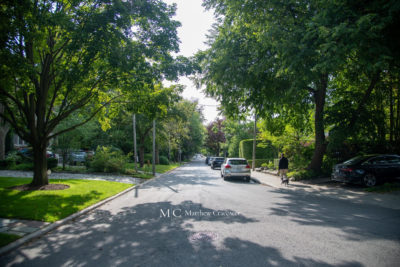
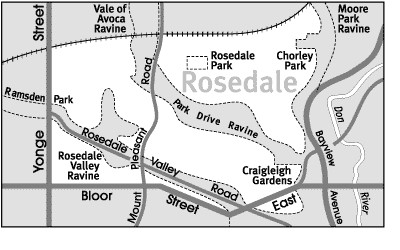
HISTORY
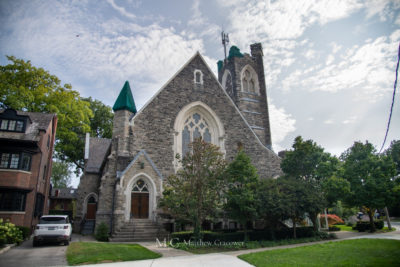
Rosedale was first settled by Sheriff William Botsford Jarvis and his wife, Mary. She named the area Rosedale after the wild roses that grew plentiful in the area. The estate was subdivided in 1864 when the Jarvis family sold the estate, allowing for residential development to begin soon after. With its meandering streets and its luscious greenspace, it is no wonder why Rosedale quickly filled up with families who bought plots of land and began building their homes to lay their roots.
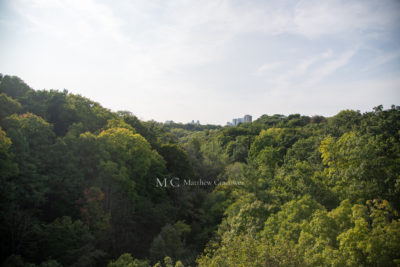
The construction of Glen Road bridge across the Park Drive Ravine marked the beginning of North Rosedale’s development in 1909. North Rosedale’s development was sporadic until it was mostly completed by the late 1920s and early 1930s.
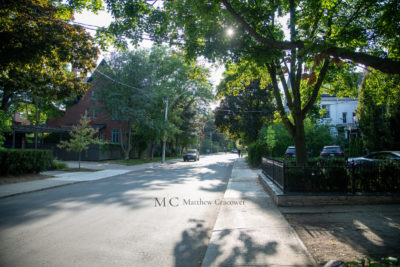
Scottish Highland shareholders had already registered a plan of subdivision named Rosedale Park in 1884, which named many of the streets after the development’s principles and prominent Ontario citizens.
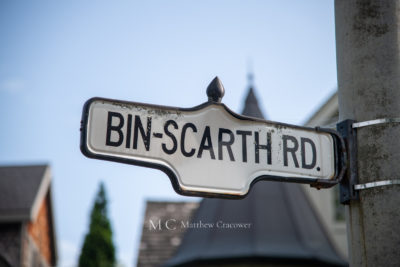
Rosedale was also home to Chorley Park, constructed between 1911 – 1915. The house was designed by architect Francis R. Heakes and built in a French Renaissance Style, reminiscent of French chateaux in the Loire Valley. This was one of the most expensive residences ever constructed in Canada. However, during the Great Depression, Chorley Park was to be purchased by the Federal Government after Chorley Park would no longer be maintained by taxpayers.
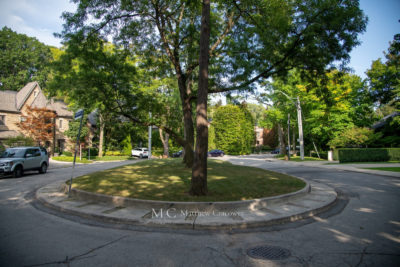
Various functions including as a military hospital during World War II, the headquarters of the Royal Canadian Mounted Police in Toronto, and residence for the refugees of the 1956 Hungarian uprising. Under Mayor Nathan Philips, the city of Toronto bought Chorley House for $100,000 ($866,000 in today’s dollars) in order to demolish it in order to create a municipal parkland.
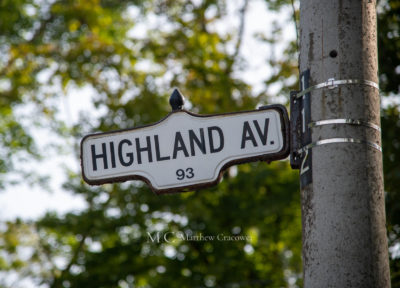
Rosedale was originally the home of the Toronto Argonauts from 1899 – 1925 and Rosedale Field is where the first official Grey Cup Tournament was held in 1909 with over 3,807 spectators.
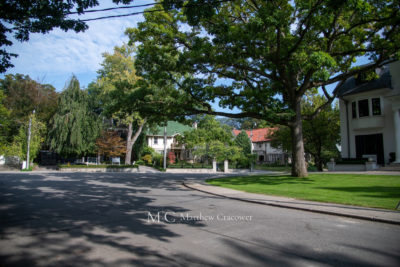
NOTABLE BUILDINGS
- Francis Cayley Home – 5 Drumsnab Road. This is probably the oldest Toronto residence still used as a private home. In 1834, Francis Cayley bought the eastern part of George Playter’s farm lot, including the Playter house. He named it for a round hill in the Don Valley that he could see from the house. The hill resembled a sugar loaf, or a drumsnab, in the dialect of England’s north country.
- Idlewold (Residence of Walter Brown) – 23 Avondale Road. Built in 1857 and added to both in 1911 and again in 1977.
- The Geary House – 124 Park Road. Constructed before Canada’s nationhood, the property lays claim to being Rosedale’s second-oldest surviving house. It was originally built in 1857 as a single-storey Regency-style cottage and gained a second level in 1860. A new wing and kitchen were added in 1875 and, by 1904, it had a veranda and carriage house designed by Frederick H. Herbert, a local architect known for the three-storey addition in 1910 to Osgoode Hall, a landmark building in downtown Toronto. Initially, the Rosedale mansion was called “Caverhill” by past owner George Reginald Geary, after his spouse’s maiden name. Later, it was renamed after Geary himself, who was Toronto’s mayor from 1910 to 1912. The home received heritage status from the provincial government in 1990.
- House – 36 Maple Avenue. Built in 1895.
- H. Fudger House – 40 Maple Avenue. Built in 1897.
- Mary Davies House – 20 Elm Avenue. Built in 1898.
- R. Rundle House – 89 & 89 A Elm Avenue. Built by E. J. Lennox in 1903.
- Former Gates to Craigleigh – 160 South Drive. Built by Darling & Pearson. Built in 1903.
- House – 20 McKenzie Avenue. Built in 1908 by Eden Smith.
- The Studio Building – 25 Severn Street. The home and working studio of several of the Group of Seven painters, their predecessors, and their artistic descendants, and is of enormous significance in the history of Canadian art. Construction was completed in 1914. The building was designated a National Historic Site of Canada in 2005. Located at 25 Severn Street.
- Albert Calver House – 45 South Street. Built in 1926.
- Rosedale Subway Station – 7 Crescent Road. Built in 1954 by Joh B. Parkin.
NOTABLE STREETS
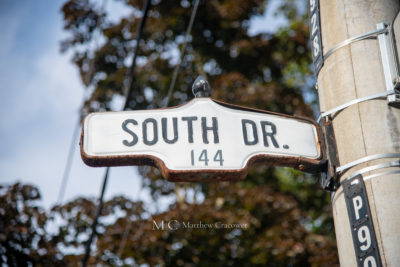
Summerhill Avenue, Highland Avenue, Cluny Street, South Drive, St. Leonard’s Avenue, Drumsnab Road, Briar Hill Avenue, Cresecent Road, Beaumont Road, Roxborough Drive
TOP BOUTIQUES
- Brunello Cucinelli – 108 Yorkville Avenue 416.245.3123
- Burberry – 144 Bloor Street West 416.920.7717
- Cartier – 131 Bloor Street West 416.413-4929
- Chanel – 98 Yorkville Avenue 416.925.2577
- Christian Louboutin – 99 Yorkville Avenue 647.694.1394
- Ermeneglido Zegna – 100 Bloor Street West 647.730.9530
- Ferrari of Ontario – 101 Avenue Road 416.962.5325
- Gucci – 130 Bloor Street West Suite 102 416.963.5127
- Harry Rosen – 82 Bloor Street West
- Hermes – 100 Bloor Street West 416.968.8626
- Hold Renfrew – 50 Bloor Street West 416.963.7713
- Jimmy Choo – 102 Yorkville Avenue
- Louis Vuitton – 150 Bloor Street West
- Max Mara – 151 Bloor Street West 416.928.1884
- Montblanc – 151 Bloor Street West 416.925.4810
- Prada – 131 Bloor Street West 416.975.4300
- Tiffany & Co. – 150 Bloor Street West 416.921.3900
- Vera Wang – 41 Hazelton Avenue 416.927.9094
- Versace – 106 Yorkville Avenue 647.954.1800
TOP RESTAURANTS
- Avant Gout – 1108 Yonge Street 416.916.3681
- Black Camel, Rebel House Pub – 4 Crescent Road 416.929.7518
- Blue Blood Steakhouse – 1 Austin Terrace Drive (Casa Loma) 416.353.4647
- Buca Osteria & Bar – 53 Scollard Street 416.962.2822
- Café Boulud – 60 Yorkville Avenue (Inside The 4 Seasons Hotel) 416.963.6000
- Crown & Dragon – 890 Yonge Street 416.927.7976
- Dbar – 60 Yorkville Avenue (Inside The 4 Seasons Hotel) 416.964.0411
- Evoo Ristorante – 138 Avenue Road 416.962.3866
- Fat Pasha – 414 Dupont Street 647.646.1698
- Fet Zun – 252 Dupont Street 647.646.1716
- Flor de Sal – 501 Davenport Road 416.923.2604
- Holt’s Café – 50 Bloor West 416.355.2832
- Jacques Bistro Du Parc – 126A Cumberland Street 2nd Floor 416.961.1893
- Joso’s – 202 Davenport Road 416.925.1903
- Kamasutra Indian Restaurant – 1522 Bayview Avenue 416.489.4899
- Kasa Moto – 115 Yorkville Avenue 647.348.7000
- Kibo Sushi – 7 Walker Avenue 416.964.1931
- Le Paradis Brasserie-Bistro – 166 Bedford Road 416.921.0995
- Live Organic Food – 264 Dupont Street 416.515.2002
- Mineral – 1027 Yonge Street 416.925.8565
- Morton’s Steakhouse – 4 Avenue Road (Inside The Park Hyatt Hotel) 416.925.0648
- Mykonos Medeteranian Grill – 881 Yonge Street 416.963.8444
- Nord Bistro – 406 Dupont Street 416.925.6673
- One Restaurant – 116 Yorkville Avenue (Inside The Hazelton Hotel) 416.961.9600
- Planta – 1221 Bay Street 647.812.1221
- Quanto Basta – 1112 Yonge Street 416.962.3141
- Rosedale Diner – 1164 Yonge Street 416.923.3122
- Sash Restaurant & Wine Bar – 1133 Yonge Street 416.921.7274
- Sassafraz – 100 Cumberland Street 416.964.2222
- Scaramouche – 1 Benvenuto Place 416.961.8011
- Sofia – 99 Yorkville Avenue 416.479.8974
- Sorrel Restaurant – 1158 Yonge Street 416.926.1010
- Sotto Sotto – 120 Avenue Road 416.962.0011
- Terroni – 1095 Yonge Street 416.925.4020
- The Pour House – 182 Dupont Street 416.967.7687
- Yamato – 24 Bellair Street 416.927.0077
- Zaza Espresso Bar – 162 Cumberland Street
TOP HOTELS
- Andaz (Coming Soon) – 1 Bloor West
- Four Seasons – 60 Yorkville Avenue
- Hazelton Hotel – 118 Yorkville Avenue
- Intercontinental Hotel – 220 Bloor Street West
- Kimpton Saint George Hotel – 280 Bloor Street West
- Madison Manor Boutique Hotel – 20 Madison Avenue
- Park Hyatt – 4 Avenue Road
- Windsor Arms – 18 St. Thomas Street
MUSEUMS
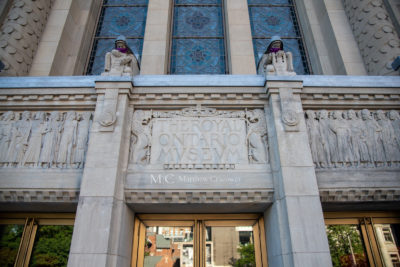
- Art Museum at the University of Toronto – 7 Hart House Circle
- Bata Shoe Museum – 2600 Yonge Street
- Canadian Broadcast Museum – 1000 Yonge Street
- Gardiner Museum – 111 Queens Park
- Royal Ontario Museum – 100 Queens Park
- Spadina Museum – 285 Spadina Road
- The Studio Building – 25 Severn Street
- TD Gallery at Toronto Reference Library – 789 Yonge Street
ART GALLERIES
- D & E Lake Ltd. Fine Arts – 1199 Yonge Street
- Duane Linklater: Monsters for Beauty – Lower Don River Trail
- Homa Gallery – 1110 Yonge Street
- Muse Gallery – 1230 Yonge Street
- Odon Wagner Gallery & Restoration – 198 Davenport Road
- The Lilith Gallery of Toronto – 166 Isabella Street
PARKS

- Chorley Park – Park good for children – 245 Douglas Drive
- Lawrence Harris Park – Park with open space – 145 Rosedale Valley Drive
- Craigleigh Gardens – Large stately park with 3.4 hectares of green space with mature trees and an off-leash dog area – 160 South Drive
- Rosedale Ravine Lands Park – Park good for children – 450 Bloor Street East
- Park Drive Reservation Lands – Park – 185 Mount Pleasant Road
- Ramsden Park – Park with playground, sports and more – 1020 Yonge Street
- Severn Creek Park – Large park good for children – 8 Cluny Drive
- Nesbitt Park – Park – Small park – 93 Nesbitt Drive
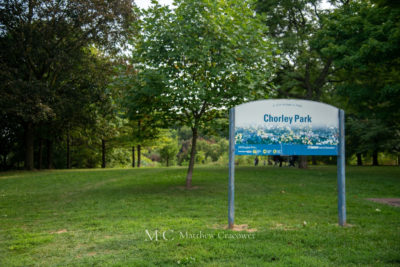
FITNESS AND RECREATION
- The Equinox Club (Gym) – 55 Avenue Road
- 889 Yonge (Yoga) – 889 Yonge Street
- The Rosedale Club – 920 Yonge Street
- Ultimate Athletics – 1216 Yonge Street
- Totum Life Science – 2 Roxborough Street East
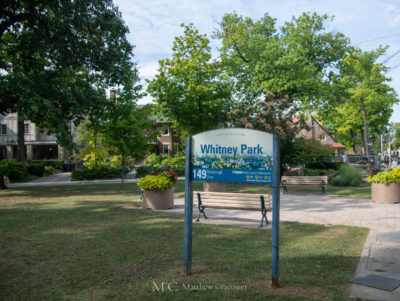
SCHOOLS
JUNIOR/SENIOR
- Mooredale Pre-School/Kindergarten/Nursery – 146 Crescent Road
- Rosedale Junior Public School – 22 South Drive
- Upper Canada College – 200 Lonsdale Road
- The Dalton School – 906 Yonge Street
- Whitney Junior Public School – 119 Rosedale Heights Drive
- Rosedale Heights School of the Arts – 711 Bloor Street East
- The Rosedale Day School – 131 Bloor Street West
- Branksome Hall Girls School – 10 Elm Avenue
- Their Needs First Montessori School Preschool/Nursery – 159 Roxborough Drive
- Gradale Academy – 550 Bayview Avenue
- The York School – 1320 Yonge Street
COLLEGES
- Anderson College of Health, Business and Technology – 180 Bloor Street West
- Oxford College of Arts, Business and Technology – 869 Yonge Street
- ILAC International College – 920 Yonge Street
- George Brown College – 160 Kendal Avenue
- Woodsworth College – 119 St. George Street
UNIVERSITIES
- Ryerson University – 350 Victoria Street
- University of Toronto – 27 King’s College Circle
- University of Toronto Faculty of Law – 78 Queen’s Park
This website may only be used by consumers that have a bona fide interest in the purchase, sale, or lease of real estate, of the type being offered via this website. Data is deemed reliable but is not guaranteed accurate by the Toronto Regional Real Estate Board (TRREB). In Canada, the trademarks MLS®, Multiple Listing Service® and the associated logos are owned by The Canadian Real Estate Association (CREA) and identify the quality of services provided by real estate professionals who are members of CREA.
